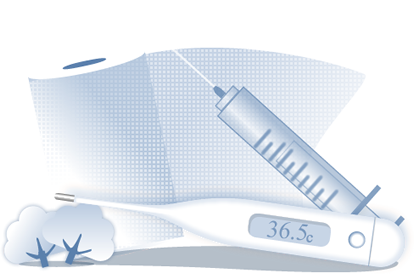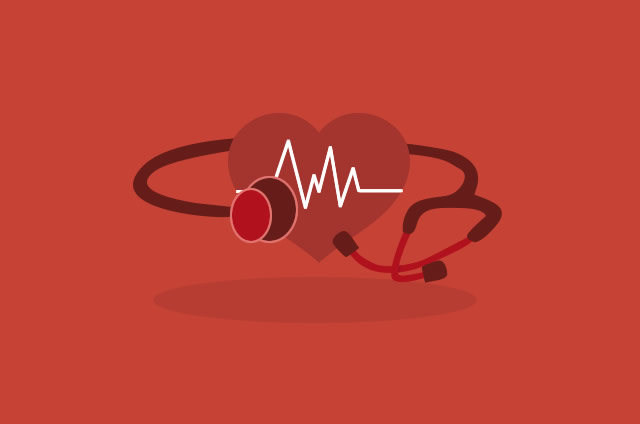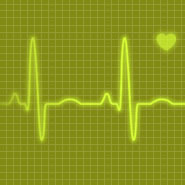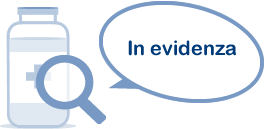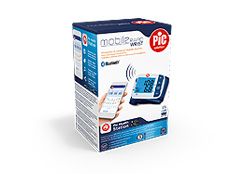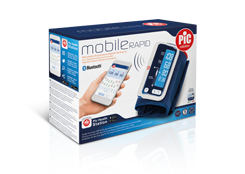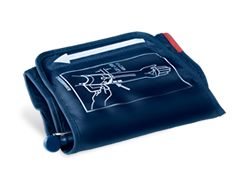
Blood pressure: an affair of the heart
Blood pressure is determined directly by the work done by the heart, which acts as a pump absorbing and releasing the blood. Changes in blood pressure depend on the relationship between the quantity of blood pumped by the heart and the resistance of the blood vessels.
The cardiovascular system consists of the heart and blood vessels, the arteries and veins that transport blood around our bodies. The heart is a kind of pump that sucks blood in and expels it. It consists of 2 atria and 2 ventricles, the gates through which the blood enters and leaves.
The work done by the heart: contracting and relaxing
Blood pressure is the pressure exerted by the heart on the artery walls during cardiac activity. The work done by the heart is divided into 2 phases: contraction and relaxation. Blood pressure is at its highest during the contraction phase, and its lowest during relaxation.
2 different blood pressures: systolic and diastolic
During the contraction phase of the heart, the blood enters the circulatory and pulmonary systems, generating a pressure inside the arteries known as “systolic” or maximum pressure. When the heart relaxes, the blood returns towards it through the network of veins in the circulatory and pulmonary systems, so the pressure in the arteries reduces, determining what is known as “diastolic” or minimum pressure. When blood pressure is above normal, the heart has to make more effort to push the blood through the arteries. In the long term, this can damage the heart and arteries, starting with those in the kidneys and eyes.
The blood pressure formula
Blood pressure depends on the quantity of blood pumped by the heart, the contraction force of the cardiac muscle and the flow resistance of the blood vessels. In other words, it is the product of the quantity of blood pumped by the heart (cardiac output) and the resistance of the vessels.
Blood pressure depends on cardiac output and arterial tone
The mechanisms by which high blood pressure develops may act by increasing peripheral resistance or increasing cardiac output. An increment in cardiac output may be the result of a stimulus to the sympathetic nervous system, which causes an increase in heart rate, or by a rise in the fluids contained in the blood. The kidneys play a fundamental role in the regulation of fluid circulation. Salt is also a key player, since renal retention of sodium causes an increase in fluids.
When solid takes precedence over fluid: the effect of hematocrit on blood pressure
One of the main risk factors for high blood pressure is hematocrit, the concentration in the blood of red corpuscles, its solid component. When hematocrit is high, it is more difficult for the blood to circulate and blood pressure may increase as a result. In normal conditions the maximum ratio of plasma, the fluid component of blood, to the solid red corpuscles is 48% to 52% in men and 54% to 46% in women. Risk factors for elevated hematocrit are excessive sweating, which removes fluids from the body, the use of diuretic drugs, altitude, and renal insufficiency.

